Engine cooling fans are necessary to draw air through the radiator while the vehicle is moving at a slow speed or when idle. When the vehicle is moving at sufficient speed, the air is being forced through the radiator at greater cubic feet per minute (CFM) than the fan is capable of, making the fan redundant.
Currently, there are three distinctive types of engine cooling fans: flex, clutch, and electric. Each has its own attributes, as well as drawbacks. For the purpose of this article, we will explore flex and clutch fans.
Flex Fans
Flex fans use a stainless steel frame and blades of either plastic or steel riveted to the frame. By design, their blades flatten out at a preset RPM to reduce power-robbing drag on the engine.
Drag is defined as the power necessary to turn the fan. The more drag produced by the fan, the greater the reduction of available horsepower. This reduction in horsepower results in a reduction in fuel economy.
The biggest advantage to flex fans is their ability to pull more air through the radiator at an idle than a clutch-operated fan. This is particularly useful on engines running high compression ratios that are more difficult to cool.
The flex fan aids in idle or slow-speed operation, however, they rob more horsepower than any other style of a fan at high RPMs. They are also particularly noisy at low RPM.
Thermally Operated Fan Clutch
The thermally operated fan clutch is the most efficient form of an engine-driven fan. It uses a bi-metal thermal spring in the front of the clutch, which expands or contracts with heat.
The spring reacts to the temperature of the air passing through the radiator. When the temperature reaches approximately 170 degrees F, the spring expands and opens a chamber, allowing the silicone to flow to the clutch.
The clutch is then engaged and turns at approximately 70 to 90 percent of the water pump speed. This occurs at an idle or during slow-speed operation.
As the vehicle speeds up, a great deal of air is now passing through the radiator causing it to cool down. This air volume cools the bi-metal thermal spring, causing it to disengage.
At this point, the fan is turning at approximately 20 percent of the water pump speed, which reduces the drag on the engine significantly. This reduction in drag as the fan freewheels aids in increasing the fuel economy by freeing up horsepower.
Non-Thermal Fan Clutch
The non-thermal fan clutch is a low-cost alternative to a thermal fan clutch. They are continuously engaged and turn at 30 to 60 percent of the water pump shaft speed.
Non-thermal clutches require more power to operate. Also, they don’t last as long as a thermal clutch, and they are less effective at low-speed cooling and so fuel economy suffers.
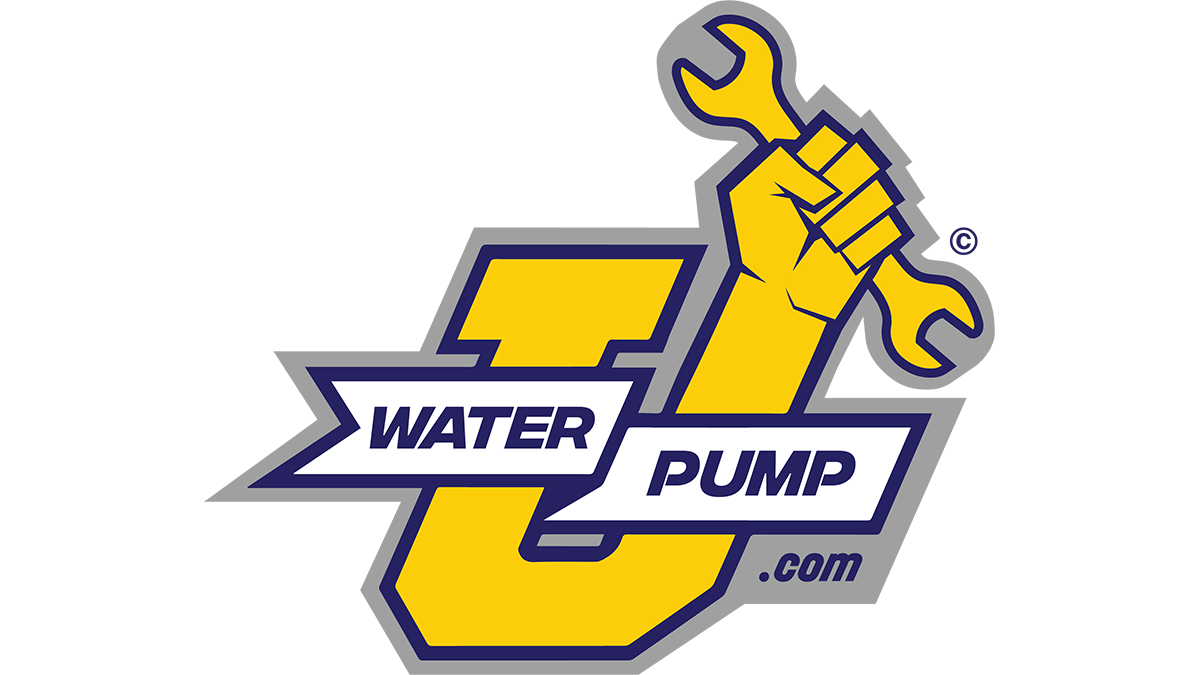
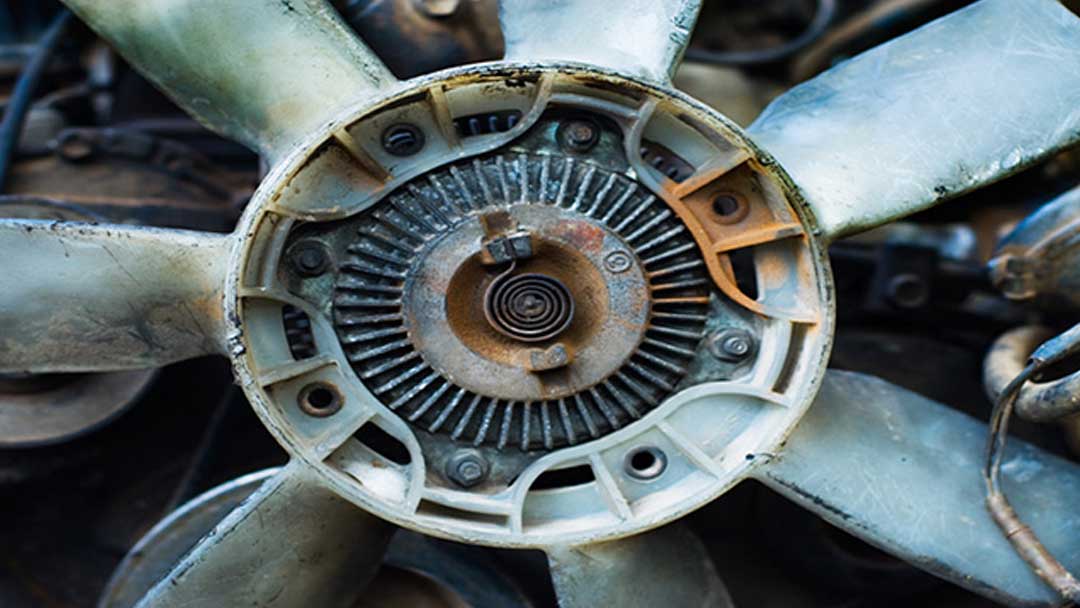

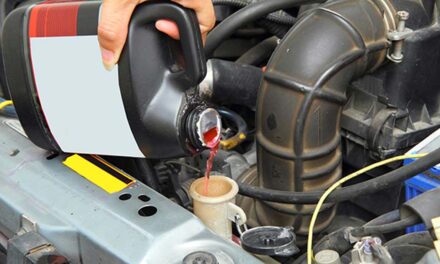
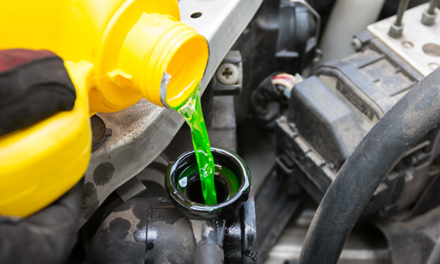
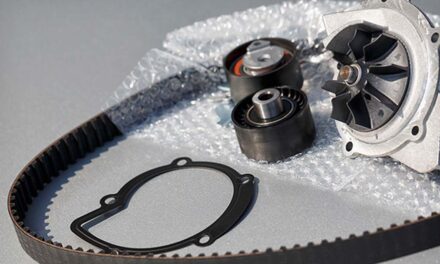
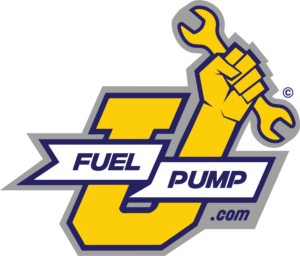



Very informative reading in a nutshell,thanx.I’ve used all 3types and living in fabulosly hot Las Vegas,Nv i’m happy with a fan-clutch,a bottle of cool-down in the system every May(20-25degrees cooler engine temp.)and a toggle switch opperated 10inch electric aux.fan along with your basic check your fluids twice a month ,a quick visual inspection of your hoses now & then and my AC is doing it’s job,Hey i’m dailed in for where i drive and y’all do the same where you drive and be worry free …Peace-on-Ya